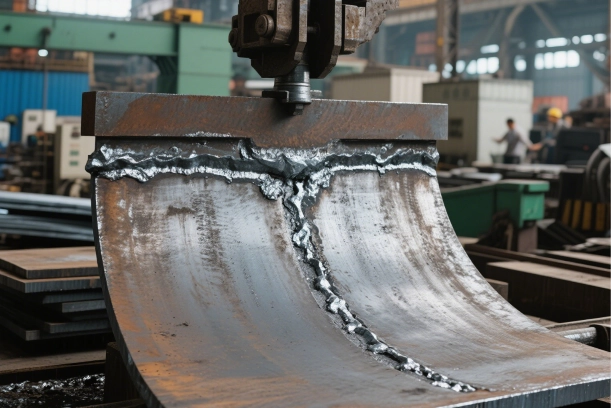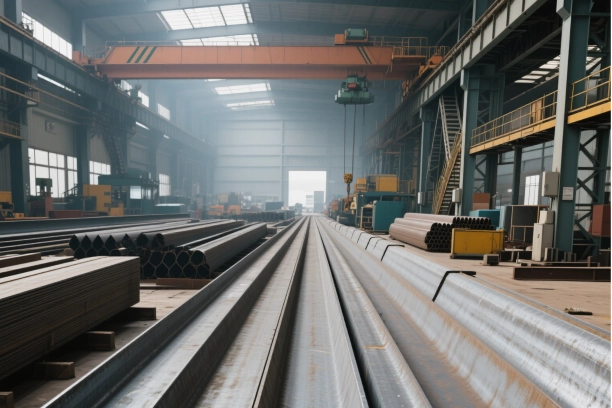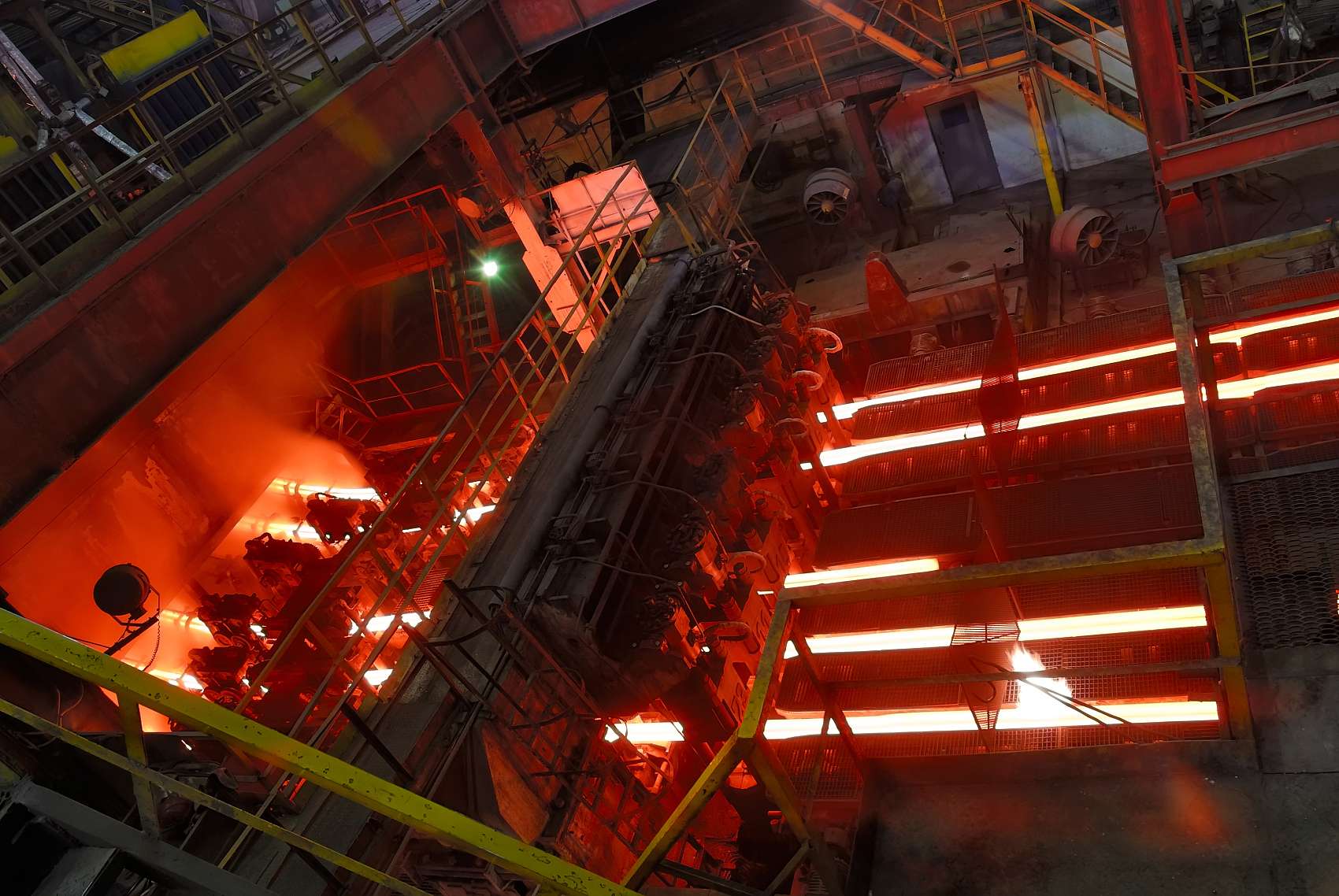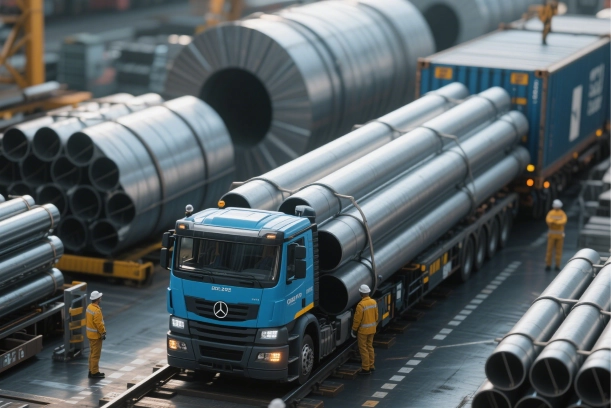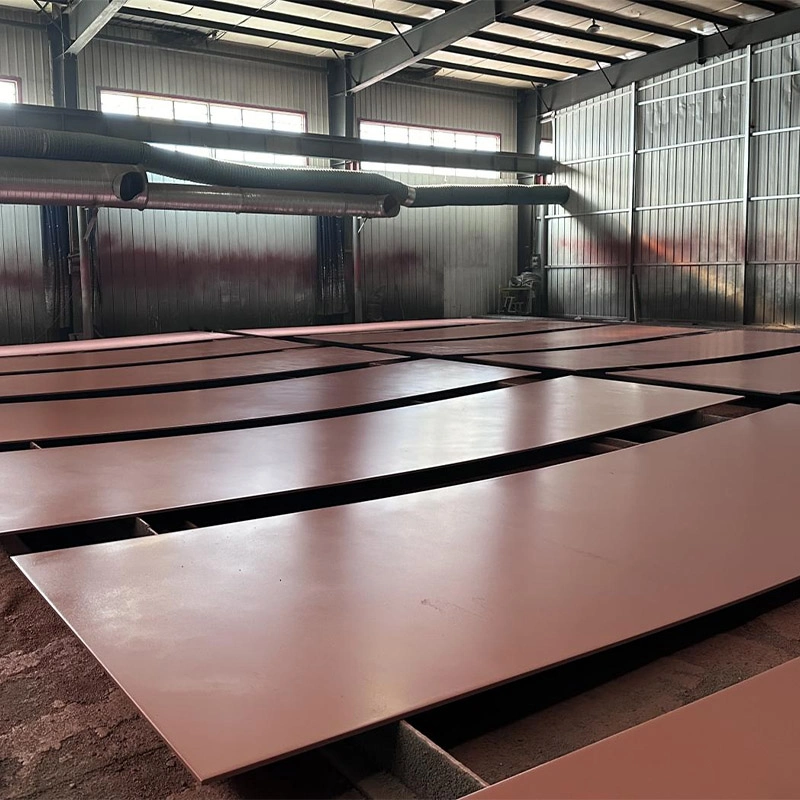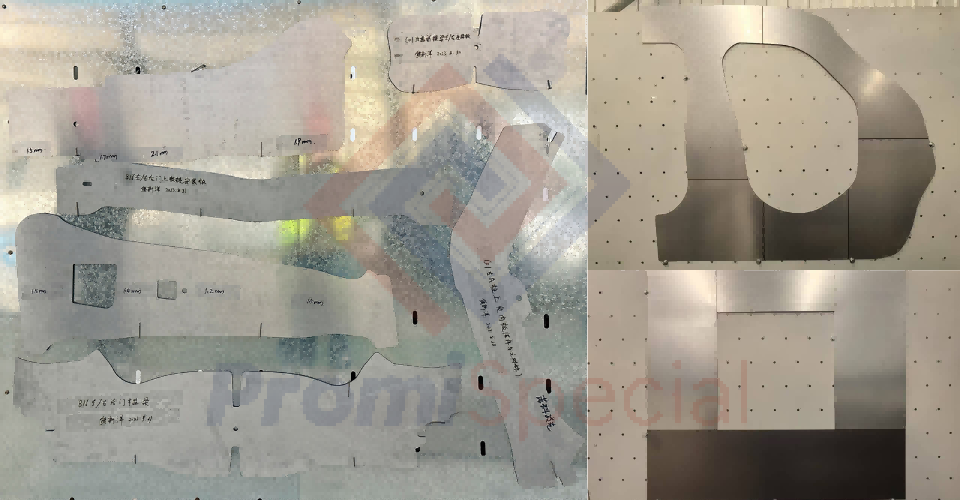
Trend 1: Advancements in Material Combination in Tailor Welded Blanks Manufacturing
The Integration of Lightweight Materials
The use of lightweight materials in creating tailor welded blanks has transformed the automotive and aerospace fields. By blending substances like aluminum and magnesium alloys, producers craft parts that weigh much less yet keep their strength intact. This drop in weight boosts fuel economy and cuts emissions. It supports worldwide eco-friendly aims. By using such materials, people will get steel products that change the life extremely.
Materials such as high-strength steels also improve safety during crashes. They soak up energy well when collisions happen, making them perfect for key vehicle parts. Companies now focus on pairing these with regular steels using cutting-edge welding methods. This ensures a smooth blend without losing toughness or longevity.
Combining Dissimilar Metals for Optimized Performance
Mixing different metals is now a vital part of tailor welded blanks production. This method lets makers tap into each material’s special traits for top-notch results. For example, linking aluminum to steel strikes a mix of lightness and strong pulling power. That’s key for car body panels.
Still, joining unlike metals brings hurdles. Their melting points and heat expansion rates differ. New laser welding tools tackle this issue. They offer exact heat control and cut down on flaws. These breakthroughs guarantee the end product hits tough quality marks while working better.
Trend 2: AI-Driven Automation and Predictive Maintenance
Real-Time Data Analytics for Quality Control
Automation powered by AI is reshaping manufacturing with live data checks for quality. Sensors in production setups gather heaps of info. Machine learning sifts through it to spot trends and oddities. This forward-thinking way catches flaws early. It trims waste and lifts efficiency. Since it is the era of high-tech by AI, using AI becomes a standard to be a excellent steel suppler, you can check our blog: How to Choose Reliable Special Steel Suppliers for Your Needs. to see how choose a reilable steel supplier.
Take tailor welded blanks as an example. AI tracks weld quality on the spot, watching things like heat, pressure, and seam steadiness. If anything strays from set rules, fixes kick in right away. This keeps only top-tier items moving along the line.
Integration of IoT Sensors for Predictive Maintenance Schedules
Adding IoT sensors to factory gear has opened doors to planned upkeep timelines. These gadgets keep tabs on machine stats like shakes, heat shifts, and run cycles. By studying this data, makers can guess when equipment might break down and plan repairs ahead.
This cuts surprise stoppages and stretches out gear life. In tailor welded blanks work, it keeps welding tools humming at their best. That means steady quality across every piece made.
Trend 3: Sustainability and Green Manufacturing Practices for Producing Tailor Welded Blanks
Low-Energy Consumption Processes
Eco-friendliness is now a big deal in tailor welded blanks production. A top tactic is using low-power methods. Laser welding, for one, takes less energy than old-school ways and still delivers great outcomes. Plus, tweaking workflows slashes energy loss and boosts output.
Factories are also tapping into green energy, like solar panels and wind power, to run their sites. This move trims reliance on fossil fuels. It lowers costs and builds a cleaner production setup.
Carbon Footprint Reduction Strategies in Supply Chains
Shrinking carbon output in supply chains is another big piece of green manufacturing. Tailor welded blanks makers team up with suppliers for earth-friendly raw goods and fewer shipping fumes. Using nearby materials, for instance, cuts the eco-hit from far-off transport.
Recycling upgrades also help slash carbon marks. Scrap metal from production gets reused in the process. This closed-loop setup shrinks waste. These steps match global climate targets and show the industry’s care for the planet.
Trend 4: Customization and Design Flexibility Trends
Meeting Industry-Specific Requirements with Tailored Solutions
Tailor welded blanks production has grown to fit the special needs of different fields. Cars, planes, and building trades want parts made just for them. By tweaking material traits, thickness, and shapes, makers hit these needs spot-on. In cars, for example, custom blanks balance weight and boost crash safety.
These custom fixes also weave in features tied to trade-specific rules. High-tech simulation tools guess how blanks will hold up in real life. This ensures the final piece beats user hopes.
The Importance of Precision Engineering in Customized Applications
Precision engineering is key for tailoring blanks. Tight control over welding factors like heat, pressure, and lineup is a must for solid welds. Advanced laser systems bring the accuracy needed to join materials with few slip-ups. In making automative fender panel, by using tailored blanks, people can design the style they like. And also other panels for cars can be changed using the tech.
In custom jobs, this precision makes sure each part slots perfectly into its setup. That’s extra vital in fields like aerospace, where tiny errors can spell big trouble. Top gear and skilled workers help makers keep quality and trust high.
Trend 5: Digitalization and Smart Manufacturing Processes
The Impact of Industry 4.0 on Tailor Welded Blanks Manufacturing
Industry 4.0 has sparked a digital shift in manufacturing, including tailor welded blanks. Smart plants with linked systems and IoT tools share data live across lines. This hookup sharpens choices and lifts work efficiency.
Digital twins—virtual stand-ins for real processes—help test and tweak workflows. In blanks production, they spot snags and try out fixes without halting the real run. This cuts downtime and smooths out cycles.
Real-Time Monitoring and Quality Control with Smart Systems
Smart setups with sensors and learning algorithms are changing quality checks in blanks manufacturing. They keep watch on things like weld strength, material depth, and surface polish. Any slip from set standards sparks quick alerts for fixes.
Live tracking lifts product quality and trims waste by catching flaws early. Makers use this info to keep refining their lines. Over time, it means better efficiency and savings.
Promispecial®: Leading the Industry Trends in Tailor Welded Blanks
Promispecial®’s Contribution to Technological Advancements
Promispecial® stands out as a trailblazer in tailor welded blanks by embracing new tech and fresh ideas. The firm pours big into research to lead trends like lightweight material use and AI automation.
With tools like laser welding, Promispecial® ensures top product quality while using less power. Their green focus shines through efforts to cut carbon across their supply chain. With this tech, Promispecial® can produce high-quality sheet metal for cars.
Setting New Standards for Quality and Innovation
Promispecial® keeps raising the bar for quality and new thinking in blanks production. Their custom focus delivers fixes for all kinds of industries. Plus, their smart manufacturing push marks them as an Industry 4.0 leader.
Through ties with schools and trade partners, Promispecial® sparks tech leaps that lift the whole field. Their drive for excellence keeps them ahead while aiding global green goals.
With the gold of making the leader in steel production, we will meet your needs as best as we can, any needs please contact us!!
FAQ
Q: How is hot stamping improving TWB manufacturing?
A: Hot stamping processes are critical for achieving ultra-high strength (up to 1,500 MPa) in TWBs. Advanced thermo-mechanical simulations ensure 90%+ accuracy in predicting phase transformations and mechanical properties, reducing trial-and-error costs. This method enhances crashworthiness while saving 10-15% vehicle weight compared to traditional methods.
Q: What role does laser welding play in TWB production?
A: High-power CO₂ and YAG lasers dominate TWB welding, with newer 12-kW systems replacing older 5-kW units in the same footprint. Laser welding reduces defects by 30-40% compared to conventional methods, making it ideal for tailored blanks in transmissions and mufflers.

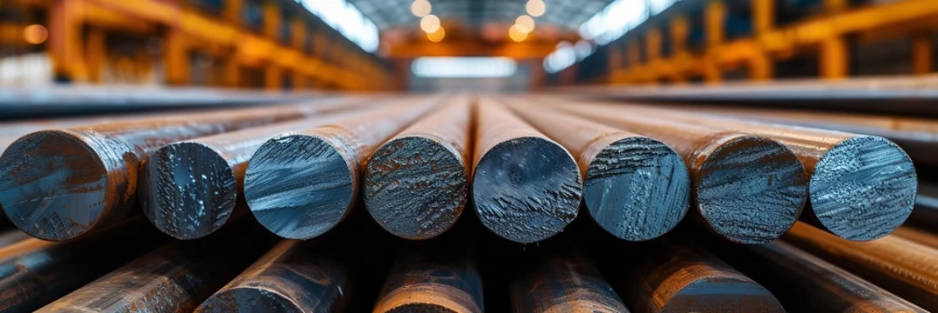
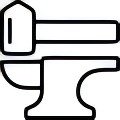
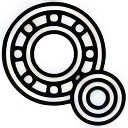

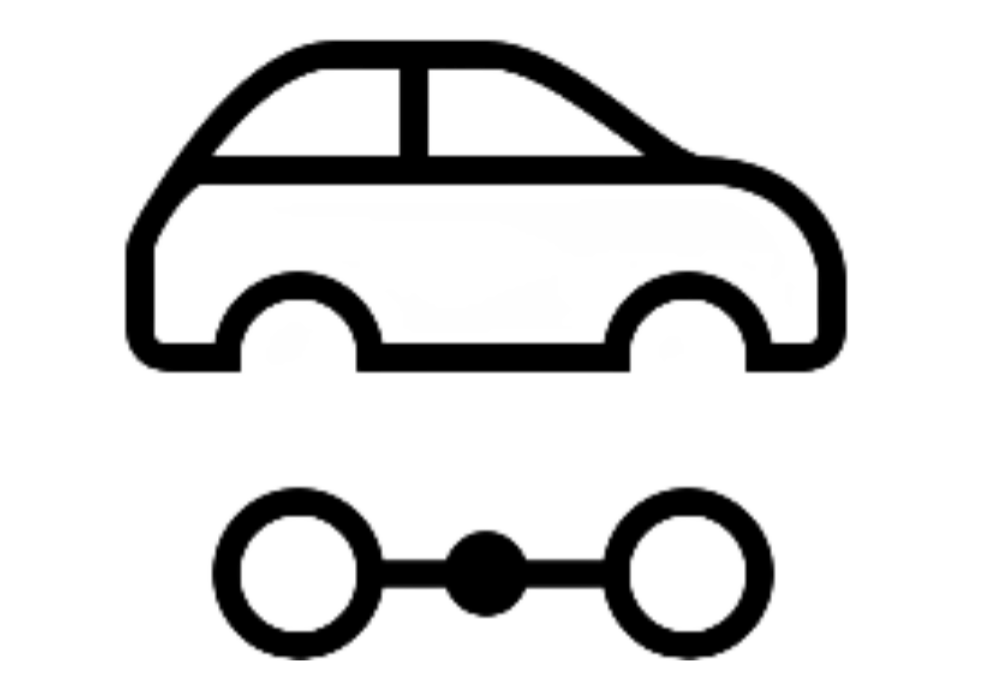
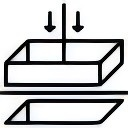


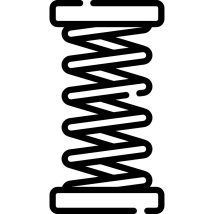

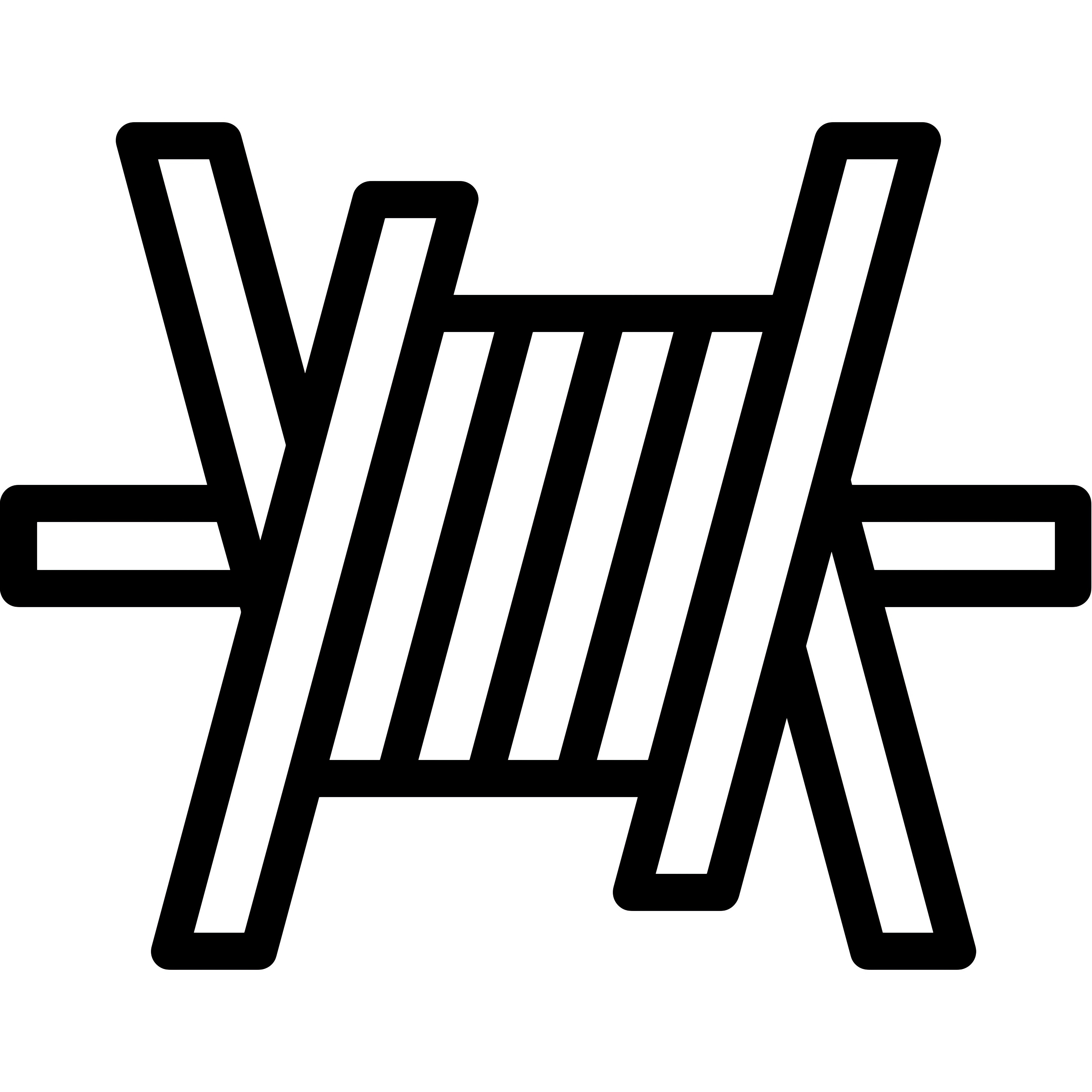
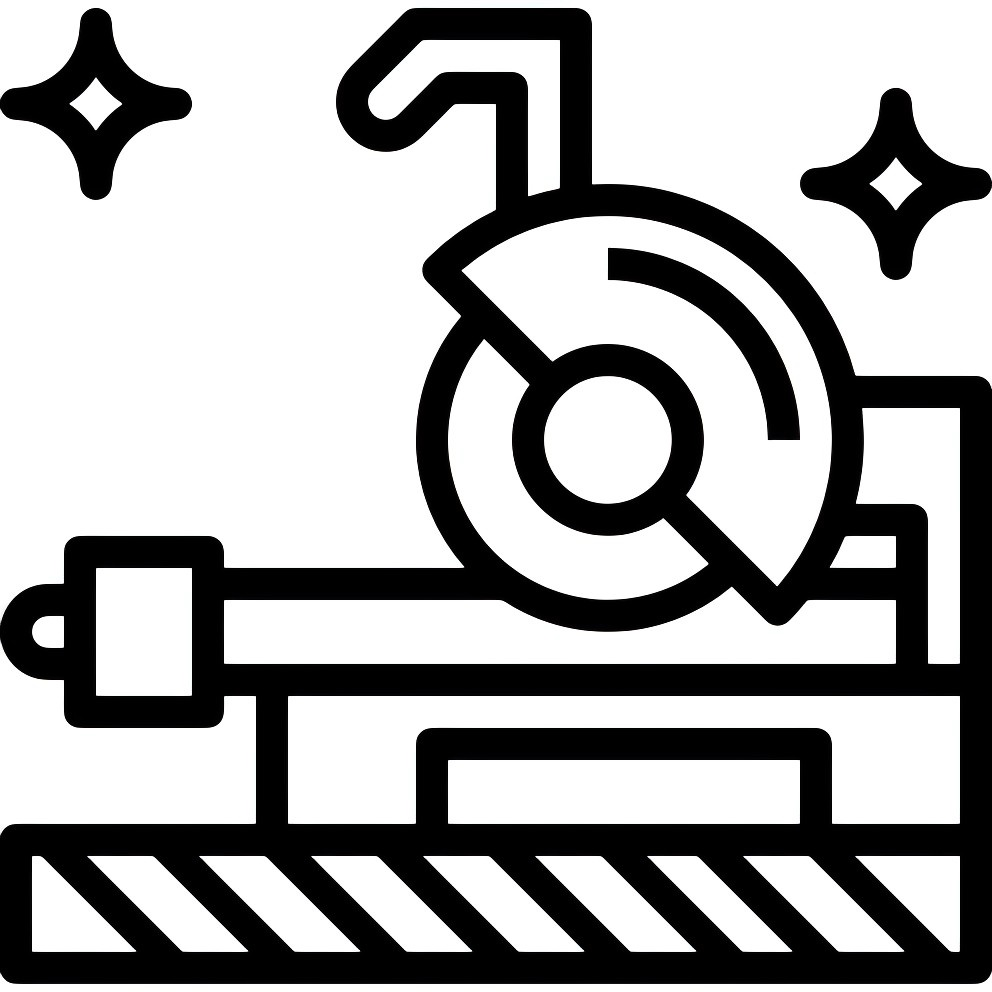
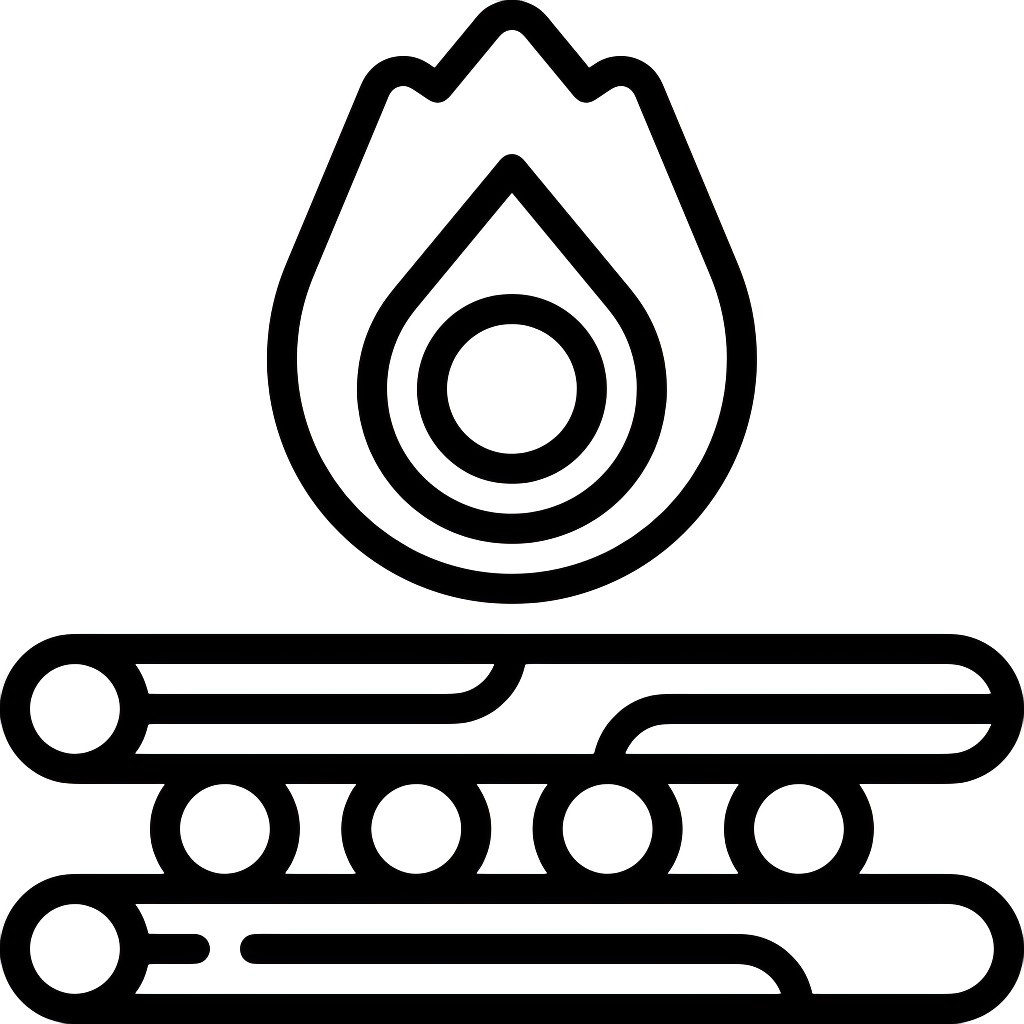

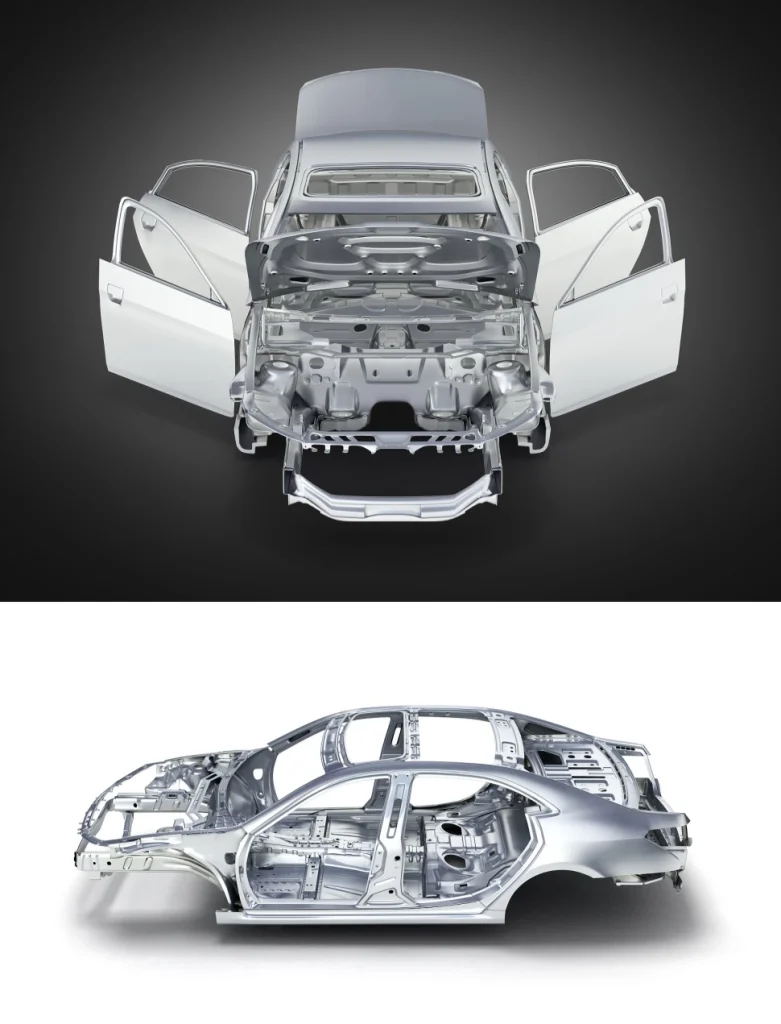
.webp)
